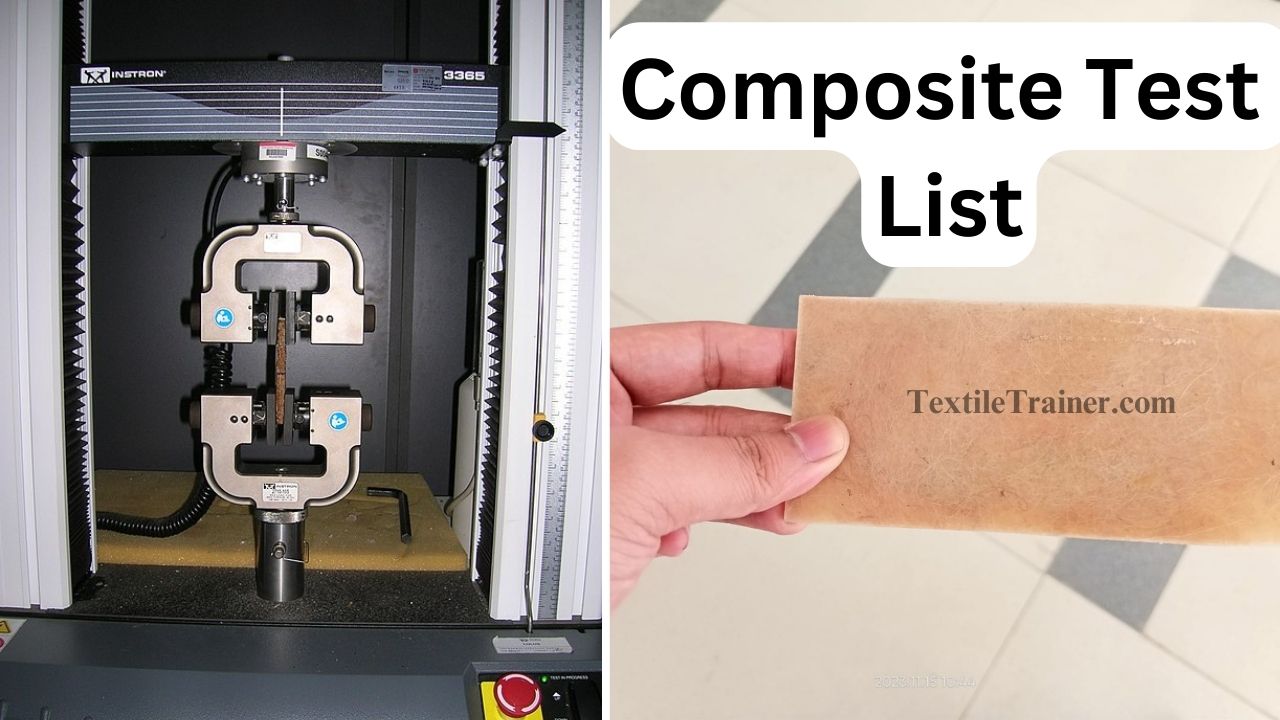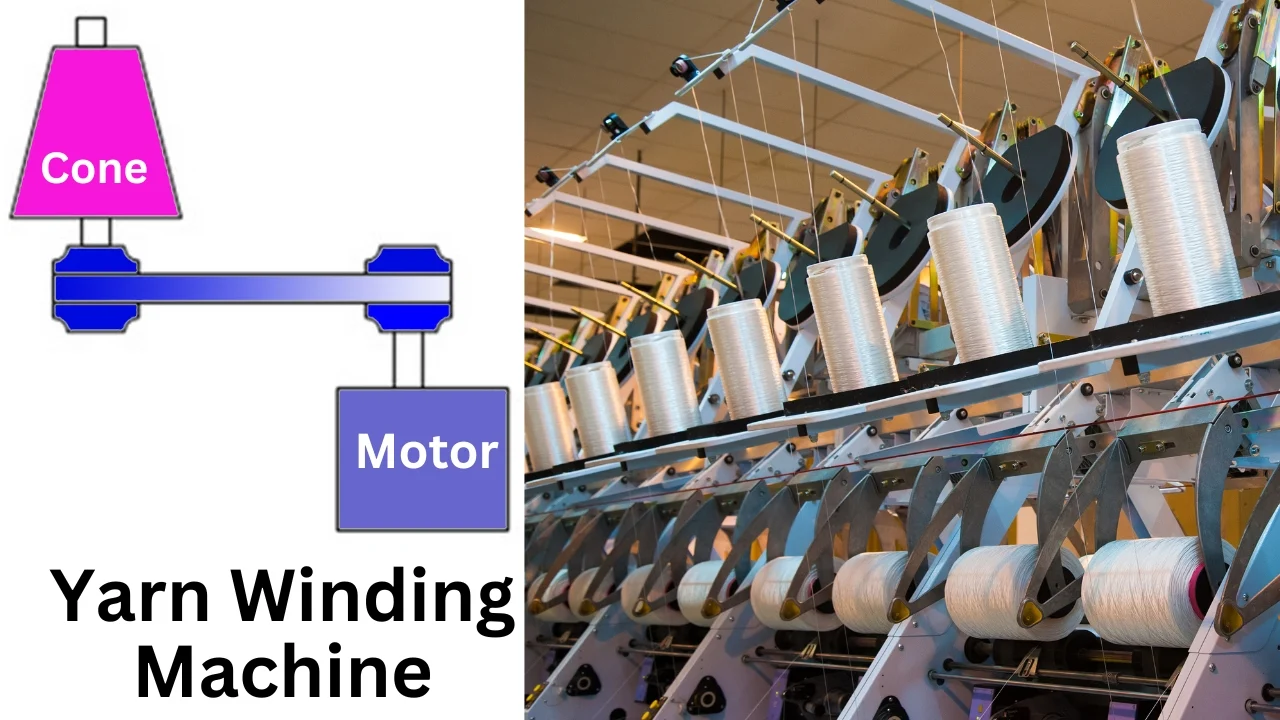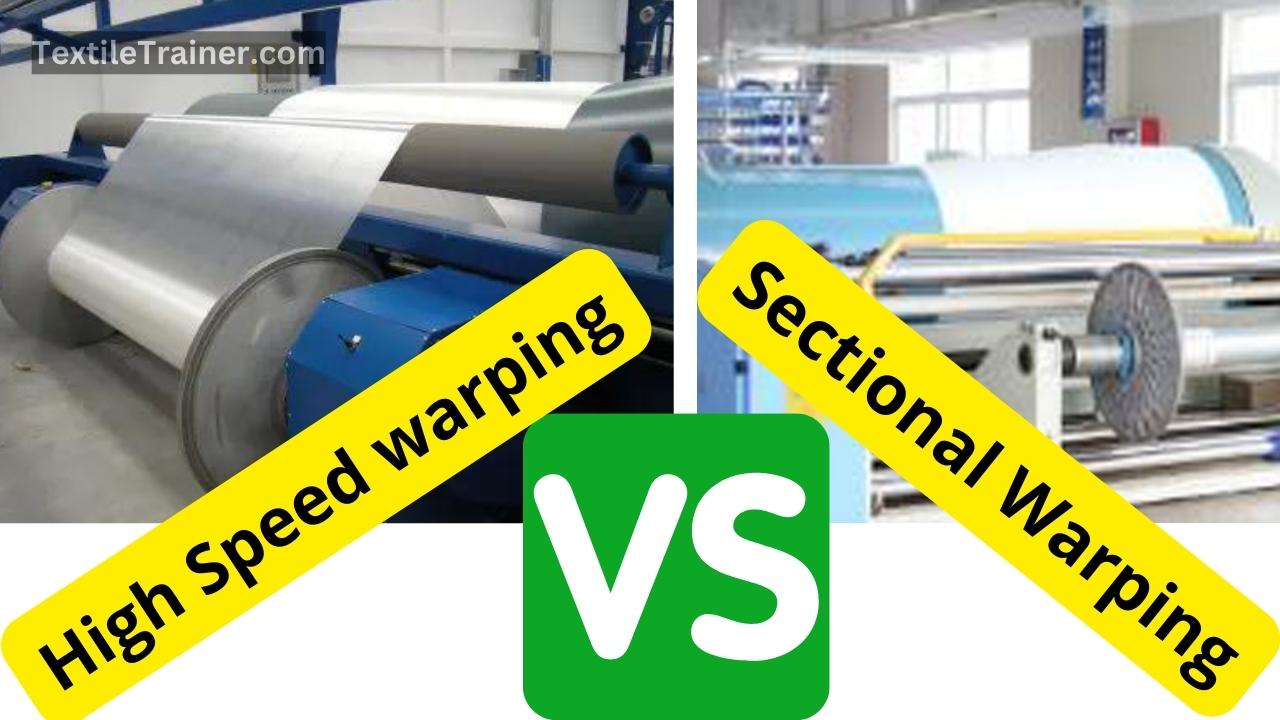Latest History of Knitting Technology Development: Early to Modern
What is Knitting?
It is the process of creating fabric by transforming continuous strands of yarn into a series of interlocking loops, with each row hanging from the one preceding it. A knit fabric structure is a knitted fabric with loops on both sides, above and below it which are interwoven. History of knitting technology is described in this article.
Knitting is primarily classified into two according to the based on the direction of movement of yarn with respect to the direction of fabric formation. They are:
- Weft knitting
- Warp knitting
- weft knitting: When the yarns run width or crosswise according to the direction in which a fabric is formed during kitting, the process is called weft knitting.
- warp knitting: When yarns run in length direction during knitting, this process is referred to as warp knitting.

History of Knitting Technology Development:
The concept of knitting to convert yarn into fabric/garment as visualized long back may be about 3000 years ago and implemented by some curious and innovative minds using two sticks or needles over the years. The process of hand knitting is known as hand knitting, but the inventor of the technique has not been identified. Hand knitting is a slow and time-consuming process.
A frame was developed by Rev. William Lee in 1561 for continuing the knitting process at a faster rate with a large number of needles. After three years of intense study, patience, and toil, Lee was able to knit on the frame using worsted yarn, at a speed of 600 loops per minute. Before its commercial appearance in 1589, the frame was further optimized and its speed of loop formation increased. However, I will short brief history of knitting technology development below:
1589: The mechanical stitch formation technique was invented by William Lee.
1758: Strutt, Jedidiah, was the inventor of the double knit (right-to-right) technique, which became known as the Derby rib machine.
1798: As Mr. Decroix arranges the needles radially into a Corona, the needles move one after another through the knitting stages as the Corona rotates. The circular knitting frame is created.
1805: Having achieved success in weaving, Joseph Marie Jacquard presented his control apparatus for shed construction on weaving looms in Lyon. It is unclear when Jacquard became interested in knitting problems after becoming successful in weaving. It is, however, still possible to find the jacquard device on knitting machines in different variations for the same purposes: knitting and transfer needles, sinkers, and guide needles for patterning.
1847: The latch needle is invented by Matthew Townsend, and a new era of knitting begins. Stitch formation became easier with these needles, since a press was no longer necessary. This resulted in the simplification of the mechanism, an increase in production speeds, and a reduction in costs.
1850: The circular knitting machine has been developed from the English circular knitting frame. At first, it had bearded needles in a vertical position. In later years, it was equipped with latched needles that could be moved individually; this is characteristic of circular knitting machines.
1852: A workshop was opened by Theodore Groz in Ebingen in the Swabian Alb, while Ernst Beckert opened his shop in Chemnitz. By providing knitted stocking manufacturers with needles that would not bend or break, they wanted to help them. It means that the needles were not made of iron anymore, but of steel. Currently, Trot – Beckert provides needles tailored to every type of knitting machine.
1878: In order to produce plain or ribbed fabric tubes in a desired distribution, D. Griswold patents a circular knitting machine. A horizontal dial needle, also individually moveable in radial slots, complements the vertical cylinder needles to create two new denominations: small rib machines and large rib machines.
1910: A patent for a double faced fabric composed of two crossed double knit fabrics was granted to Robert Walter Scott in Philadelphia.
1918: Wildt built the first double-cylinder, small circular knitting machine with a double hook needle and sliders (needle pushers).
1920: Circular knitting machines are also being used increasingly for the fabrication of colour patterned fabrics using yarn changer devices and needle selection via pattern wheels or punched steel or paper tapes.
1935: The firm Mayer & Cie. began producing circular knitting machines in 1939 after producing circular sinker wheel machines in 1906.
1946: Due to an increase in feeder numbers, an increase in production speeds, and the use of new needle technologies, further developments were made in circular knitting in terms of higher performance and new products after this period. As a replacement for the old pinion feed wheel units, new yarn delivery devices such as tape feeders and measuring meters were installed with yarn reserves for smooth fabrics and knit patterns and storage feeders for jacquards were installed. Yarn delivery has increasingly been controlled and monitored by these new devices.
1963: It is during the International Textile Machinery Exhibition ITMA 1963 in Hanover that the era of electronics begins. The first electronic needle selection is demonstrated by Morat on its film-taper-controlled “Moratronik”, which later gets into serial production. Data is stored on computers and is transmitted by diskettes.
1967: A legendary circular knitting machine, the OVJA 36, is exhibited at the ITMA in Basle. More than 7000 machines of this type were manufactured over the years.
1987: There will be more than 1000 machines produced by Mayer & Cie until the ITMA 1991, including the plain (left-right) circular knitting machine RELANIT.
1999: In 1999 AD, double needle bar warp knitting machine with electronic jacquard was invented.
2003: A maximum of 42 color changes are possible in a single course using MBI technology of intarsia knitting.
In order for circular knitting to be modern, performance must be improved, setting-up times reduced, and utilization should be flexible. Technical designers will have to deal with this challenge in the near future. Approximately seven million tons of knitted goods are produced worldwide every year, second only to weaving as a method of manufacturing textile structures. Knitting is the most common method of interloping and is the second most common method of manufacturing textile structures. The unique ability of knitting to make form-fitting and shaped articles has been utilized for centuries, but modern technology has enabled knitted constructions to be used for a wide range of apparel, domestic and industrial applications.
Consumer demand for knitted fabrics has reached unprecedented levels at the moment. In many end-uses, where formerly woven fabrics held undisputed away, knitted cloth has taken a commanding lead, and production has advanced by leaps and bounds in those end-uses where knitted fabric has traditionally been supreme. The majority of people are unfamiliar with knitted fabric. It is difficult to distinguish from woven fabrics, and even fewer are aware of how it is made. However, These are the history of knitting technology.



